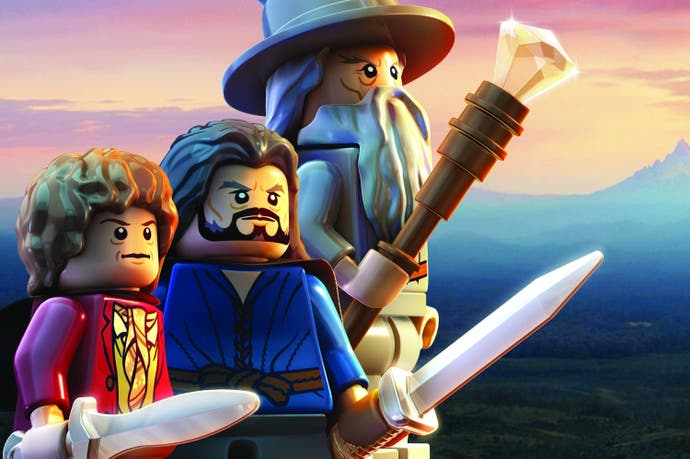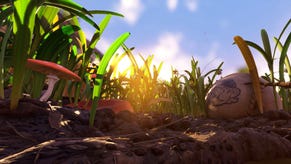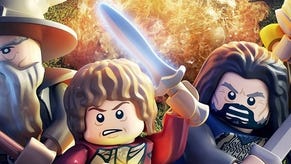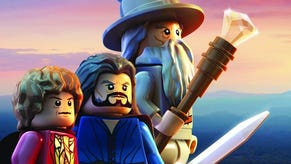Face-Off: Lego The Hobbit
One brick to rule them all.
It may feel like a conveyor-belt process at this stage, but TT Games' Lego titles are not just reliably scheduled - they're also dependably solid productions. While the basic gameplay rarely changes, the developers always seem able to translate their tried-and-tested concepts across wildly differing entertainment franchises, seamlessly integrating the unique mythology and humour of each subject in the process.
The technology behind the games is similarly solid and dependable, disciplined enough to save big leaps forward for when they're ready rather than going out on a limb, delivering only subtle tweaks and incremental changes in the meantime, and Lego The Hobbit is one of the more subtle updates. It seems to have been built using the same blueprint as Lego The Movie and Lego Marvel Super Heroes, which means those lovable plastic bricks and Minifigures are in for a mixture of post-process effects, advanced shading and lighting that work together to create a more realistic and cinematic presentation than last-gen.
There is a change, but it's mostly down to the art style rather than the underlying technology. Compared to Lego The Movie, Lego The Hobbit's art is a lot more organic, allowing surfaces like wood, mud and rock to display a range of different characteristics to a greater extent than environments in previous games, leaving the famous Lego sheen mostly to the bricks themselves. It's a style that suits the world of Middle-earth very well, even if it means there are less of the iconic bricks and pieces on-screen than usual.
Despite the change in art style, the basic rendering set-up remains unchanged from Lego The Movie. The PS4 game offers up a 1920x1280 image vertically super-sampled down to 1080p, providing extra anti-aliasing in the process, while Xbox One operates natively in 1080p and PC can do that and more. All three utilise similar forms of post-process anti-aliasing, although coverage seems to be a tad spottier on the PC in certain areas. Check out our Lego The Hobbit triple-format comparison gallery for examples of this and the face-off comparison videos below.
"Lego The Hobbit revisits its predecessor with native 1080p on Xbox One, super-sampling on PS4 and minor reductions in PC image quality."
Alternative comparisons:
Due to the minor use of super-sampling, the PS4 actually demonstrates slightly cleaner edges than on the other formats, although this doesn't really translate into noticeably superior image quality. The heavy use of depth-of-field in all versions works well in curtailing jaggies, while the post-process anti-aliasing edge-detection algorithm appears to be a little better than in previous Lego titles. But besides the slight difference in the framebuffer sett-up, both PS4 and Xbox One basically deliver an identical graphical experience throughout.
Once again it's up to the PC version to provide the main differences, although as with recent next-gen Lego titles, it's not always for the positive reasons you might anticipate. In fact, there are a number of effects that either appear to be pared back or removed on PC. The reasons for this aren't always clear, but one cause could be the developers supporting older GPUs that predate the latest DirectX 11 feature-set, with newer effects hacked in to work using an older API and running into problems as a result. (The minimum requirements show support for DX10, along with the Nvidia GeForce 7600 GS or ATI Radeon X1950 Pro graphics cards.) Either way, it means that PC owners see some small but curious graphical differences.
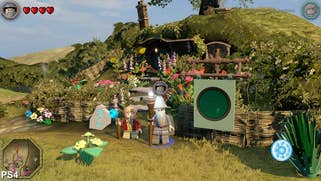
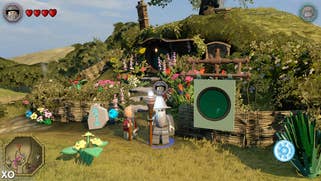
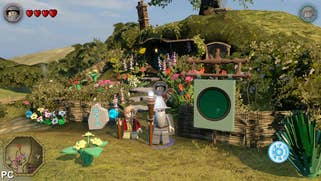

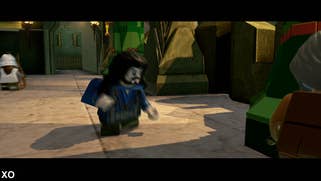
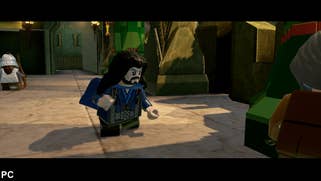
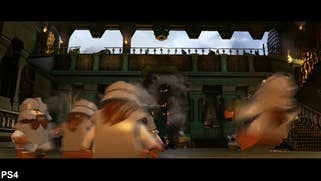

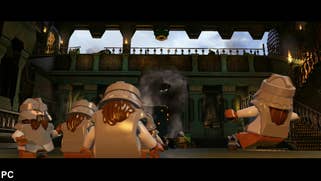

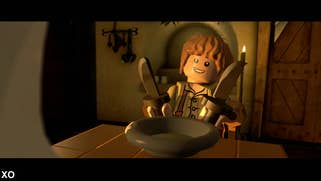

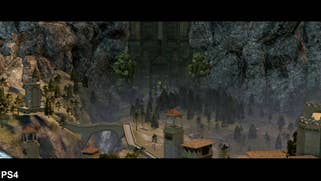

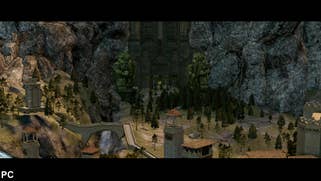
So, it's perhaps unsurprising that once again we find camera and object blur are dialled back, while screen-space ambient occlusion seems to be entirely absent. Interestingly, checking the game's 'pcconfig.txt' file shows that SSAO is enabled by default, even though there is little evidence to suggest it in practice. Some ambient occlusion is baked onto the textures, though, which means that environments still benefit from a little indirect shadowing and the extra depth this provides.
Curiously, shadows are rendered in a lower resolution than on consoles too, and there are also a few instances where certain details appear scaled back on the PC - such as the reduction in the level of grass located in a few locations. However, if we look more closely it seems as though the grass has simply sunk into the ground, leading some of the small shoots to disappear, which seems like a rendering or geometry error more than a deliberate reduction.
Slightly lower-quality level-of-detail models are also used for the characters. Up close the smooth contours of the Lego Minifigures appear a little blocky around their claw-like hands compared to PS4 and Xbox One, while the textures feature UV mapping errors where the 2D artwork isn't wrapped across the geometry correctly.
That said, the lighting model - along with the vast majority of other effects - remain on a par with the PS4 and Xbox One versions, so for the most part the games do look very close in motion, to the point where some of the slight downgrades and bizarre rendering anomalies on the PC don't noticeably stick out during gameplay.
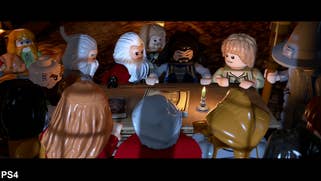
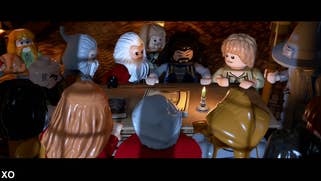
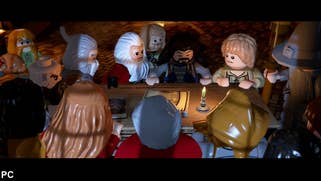
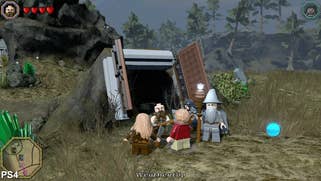

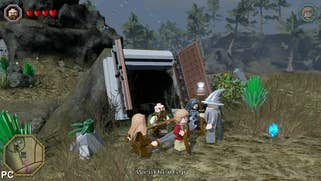
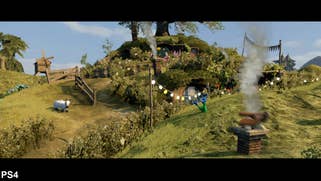
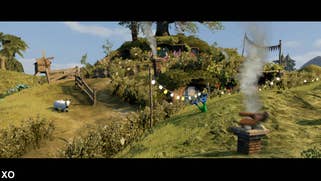

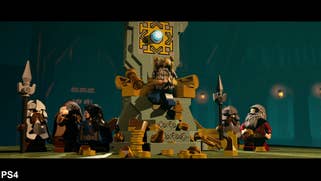
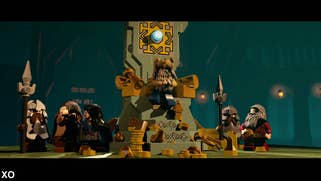
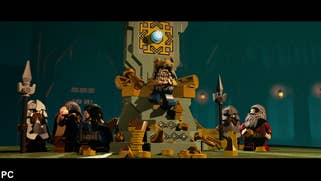
The PC version of Lego Hobbit does have one major benefit over the console releases, though: the ability to run at frame-rates much higher than the capped 30fps provided by PS4 and Xbox One. We easily hit a near-solid 60fps on our Intel Core i5 and GTX 680 system, with only a few torn and dropped frames appearing during transitions between cut-scenes and different environments during gameplay, although it should be noted that cut-scenes often tear frequently for the first few seconds before v-sync is locked down. A similar level of stability should be possible on machines boasting lower specifications, too, with just a few more noticeable drops in smoothness during demanding scenes.
Console owners are left with a respectable 30fps, at least, and it generally serves the forgiving Lego gameplay very well. Controls feel heavier when executing attacks and trying to perform quick jumps, but this is never so intrusive as to make things frustrating for the player. The use of v-sync ensures that torn frames are rarely seen, while performance practically never deviates from the 30fps target on either platform outside of a few isolated incidents.
These occasional interruptions in smoothness manifest in different ways on each console. On PS4 we see some mild judder, followed by the odd tear when exploring the Middle-Earth hub world. Essentially, frames are delivered to the screen at irregular intervals despite the solid 30fps update, with a unique frame followed by two duplicates - whereas in a standard 30fps cadence we see one unique frame followed by a duplicate in a repeated pattern. Meanwhile, the Xbox One game momentarily freezes from time to time before delivering a torn frame, suggesting some kind of bug causing a GPU stall. Again though, it quickly recovers and rarely impacts gameplay.
"For the most part all three versions of Lego Hobbit look very close in motion. The issues found the PC game rarely stick out noticeably during general gameplay."
Alternative performance analysis:
Lego The Hobbit: the Digital Foundry verdict
Ultimately, as Rich Cobbett wrote in Eurogamer's Lego The Hobbit review, TT Games' latest is amusing, visually rich and solid, even if it sometimes feels as though the series is going through the motions.
From a technical standpoint, there isn't much to shout about or choose between across the PC, PS4 and Xbox One versions, although PS4 has the smallest of leads in image quality if you're determined to be picky, while the PC version's 60fps refresh makes for the best-possible gameplay experience - despite a few glitches and toned-down effects that feel out of place in what could easily be the flagship version of the game.
Perhaps a bigger reason to opt for PC, though, is the price. At the time of writing, Lego The Hobbit is £22.99 on Steam, which is considerably less than either next-gen version. For that kind of saving, even we can put up with a couple of graphical bugs.
